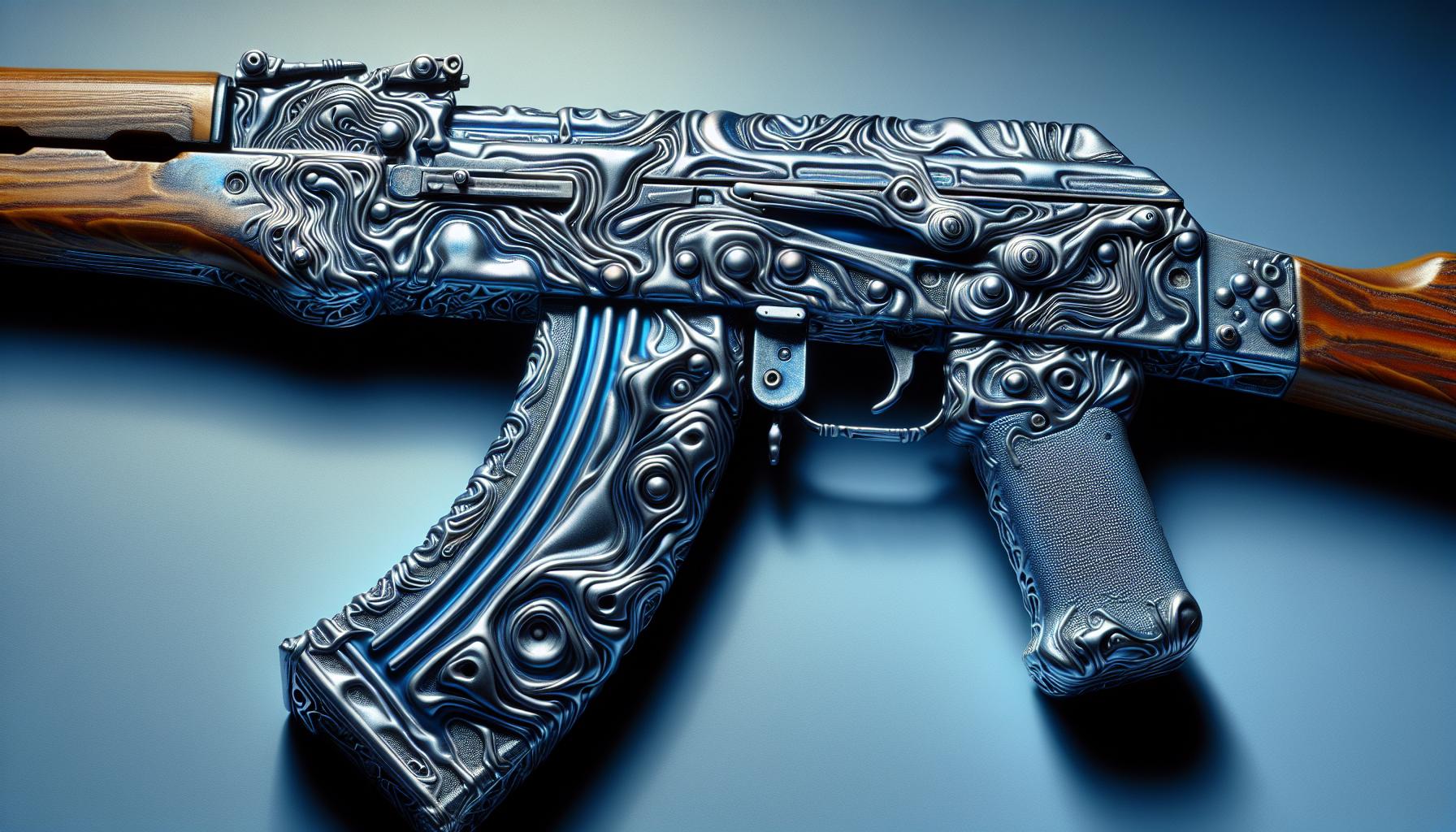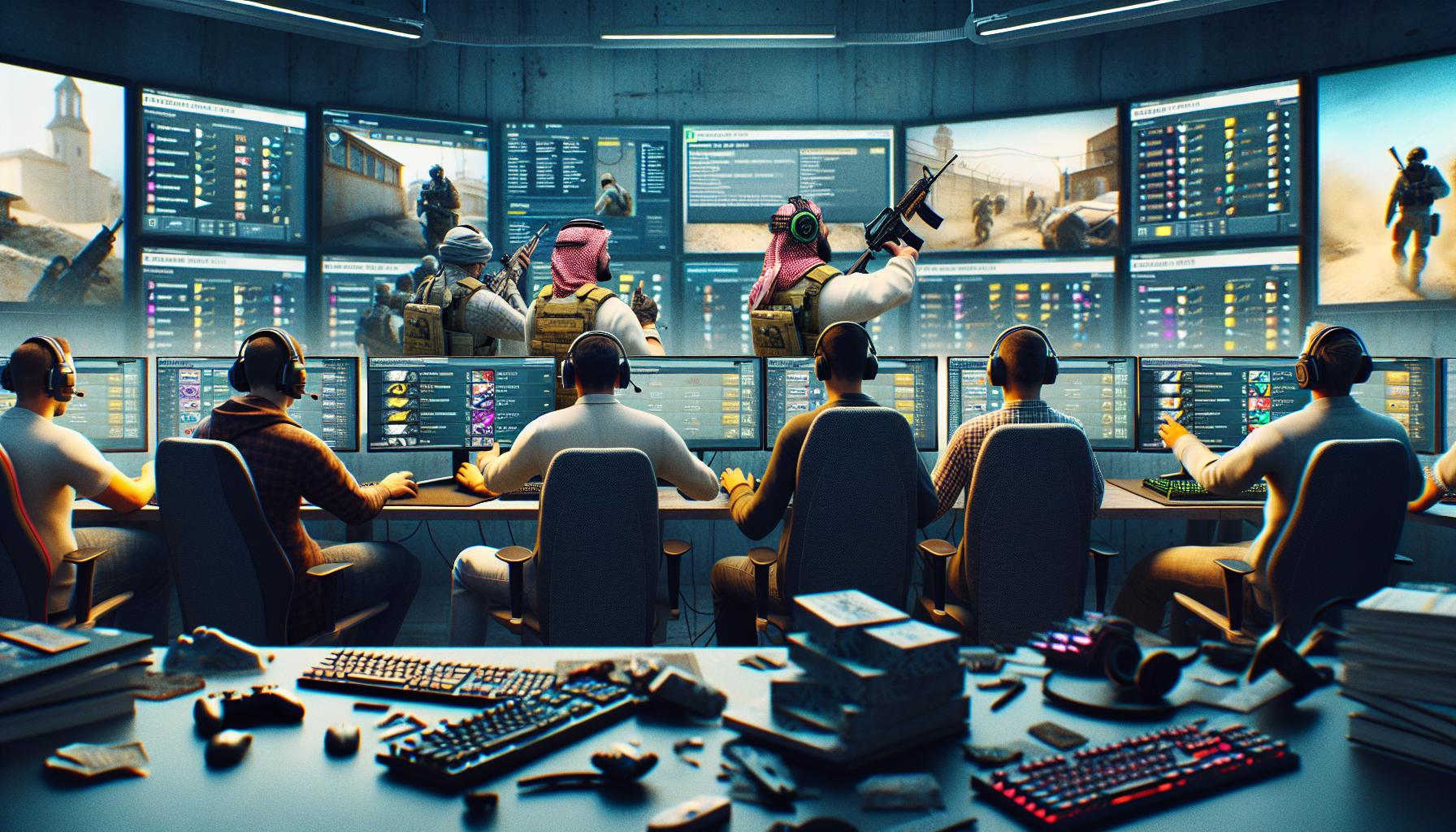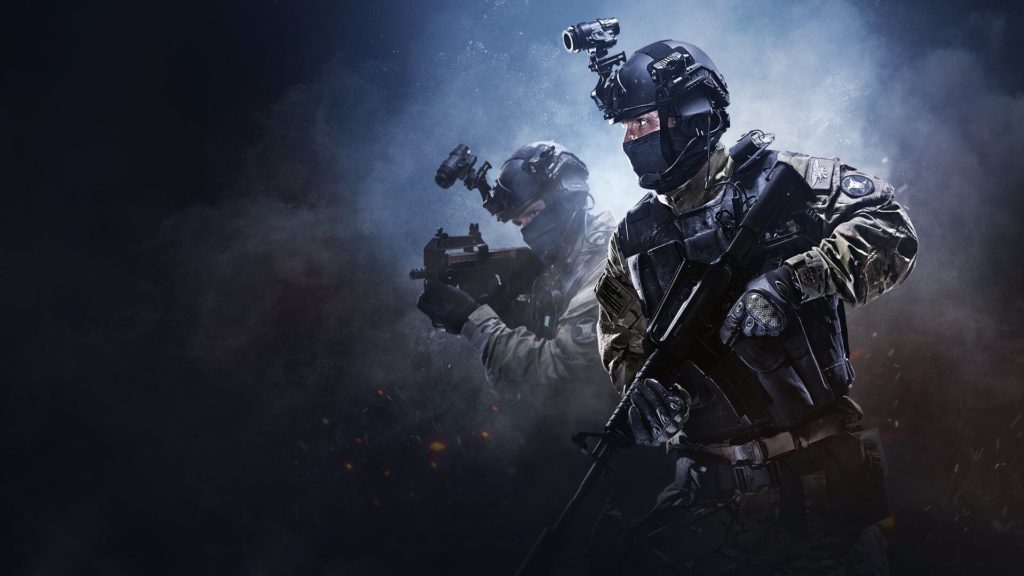Counter-Strike 2 Guide in January 2026
If you’re diving into the world of Counter-Strike: Global Offensive (CSGO/CS2), you’re in for a thrilling experience. This iconic first-person shooter has captivated millions with its fast-paced gameplay, strategic depth, and competitive spirit. Understanding the basics can make your journey smoother and more enjoyable.
In CS2, you’ll encounter a variety of elements that shape the game. From the rules that govern each match to the diverse maps that challenge your tactical skills, there’s a lot to explore. Weapon skins add another layer of excitement, allowing you to customize your arsenal with unique designs. Ready to elevate your game? Let’s break down the essentials.
Overview of CSGO
Counter-Strike: Global Offensive (CSGO) is a popular first-person shooter developed by Valve and Hidden Path Entertainment. It’s known for its intense competitive gameplay and strategic depth. Thousands of players engage daily in matches that test their skills and coordination.
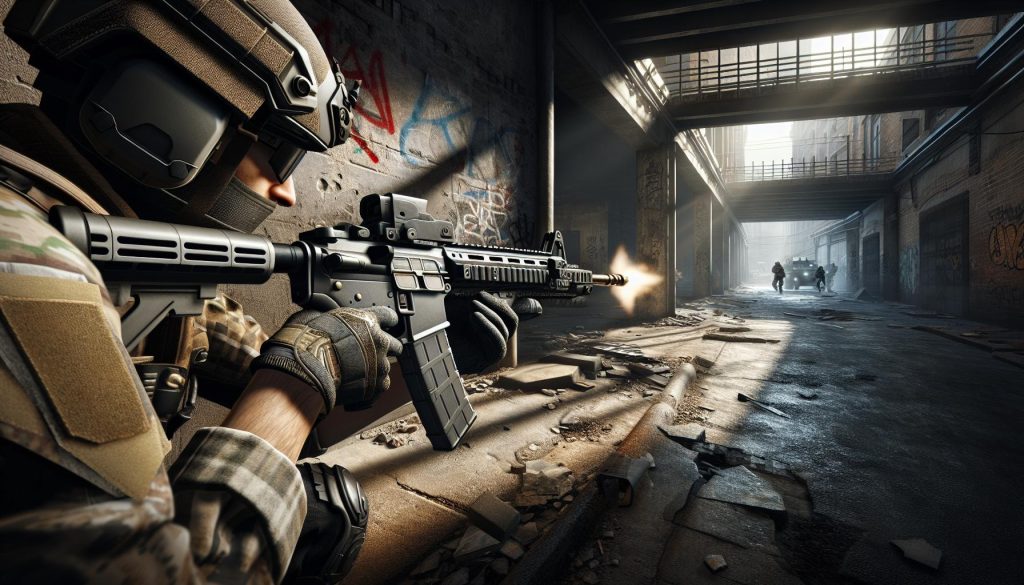
Gameplay Mechanics
CS2 features various game modes, including Competitive, Casual, Deathmatch, and Arms Race. In Competitive mode, two teams of five players each fight to complete objectives. One team plants a bomb, and the other defuses it or rescues hostages. Each round win grants financial rewards used to purchase weapons, utility items, and armor for subsequent rounds.
Maps
CS:GO has numerous maps, each offering unique tactical options and environmental features. Examples include Dust II, Mirage, and Inferno. Understanding map layouts is crucial for effective gameplay. Players need to learn grenade spots, choke points, and common hiding spots to outmaneuver opponents.
Weapon Skins
Weapon skins in CSGO allow you to customize the appearance of your arsenal. These skins vary in rarity and condition, ranging from consumer-grade to covert skins. While they don’t affect gameplay, they add a personalized touch to your weapons. Players can acquire skins through in-game drops, trading, or purchasing from the Steam Market.
Community Features
CS2 has a thriving community with various features like tournaments, streaming, and trading. Sites dedicated to CSGO Gambling and betting have emerged, allowing players to wager on matches or use skins as currency. However, it’s essential to approach these activities with caution due to their risk.
Game Rules and Regulations
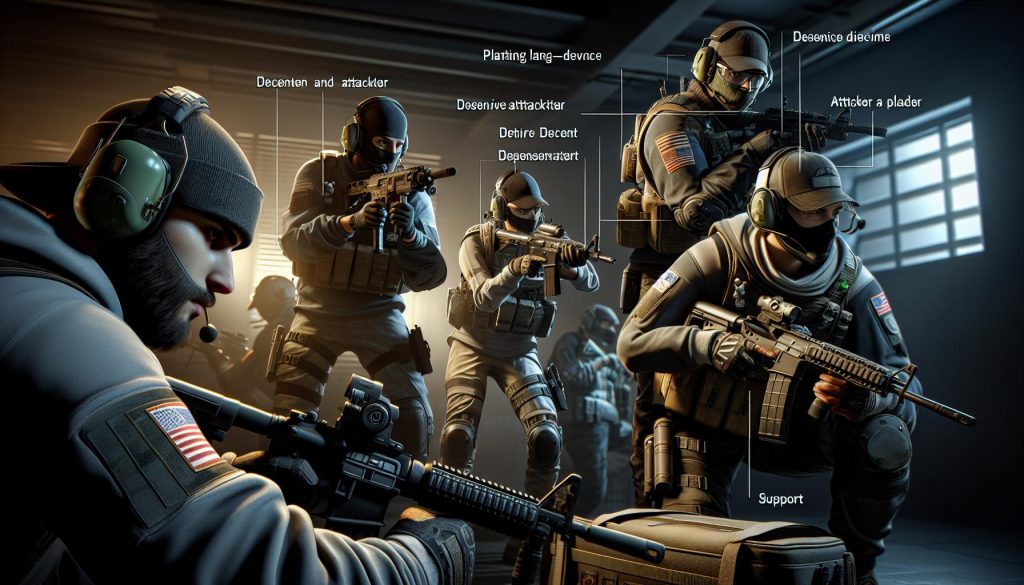
In CS:GO, understanding game rules and regulations is essential. Adhering to these rules ensures fair and competitive gameplay.
Match Formats
CS:GO features several match formats tailored for different player preferences. The most common is Competitive mode, where two teams of five players each compete in a best-of-30 rounds match. Another popular format is Casual mode, which offers 10v10 gameplay without the strict competitive environment. Deathmatch mode allows players to respawn and engage in non-stop action, ideal for practice. Arms Race is a fast-paced mode where players progress through weapons by securing kills.
Competitive Rules
Competitive rules in CS:GO are stringent. Each match consists of two halves, with 15 rounds in each half. Teams switch sides at halftime, alternating between Terrorists and Counter-Terrorists. The first team to win 16 rounds claims victory. In the event of a tie, overtime periods decide the winner. Teams can earn in-game currency based on their performance, used to purchase weapons and equipment. In Competitive, communication, strategy, and coordination are crucial for success.
Anti-Cheating Measures
To maintain fair play, CS:GO uses robust anti-cheating measures. Valve’s Anti-Cheat (VAC) system automatically detects and bans players using cheats. The Overwatch system allows seasoned players to review reported cases and issue bans if misconduct is confirmed. To further prevent cheating, trusted matchmaking prioritizes players with verified accounts. These measures collectively ensure that gameplay remains honest and enjoyable for everyone.
By adhering to these rules and formats, you enhance your gaming experience and contribute to the integrity of the CS:GO community.
Maps in CSGO
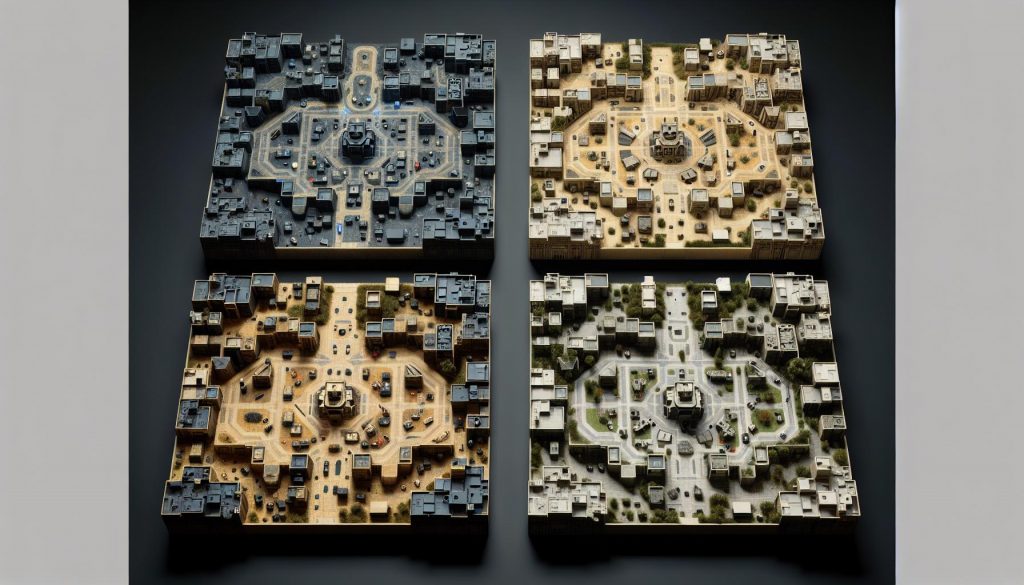
Maps play a crucial role in Counter-Strike: Global Offensive (CS:GO), influencing strategies, team coordination, and gameplay dynamics. Understanding the variety and layout of maps is essential for effective play.
Types of Maps
CS:GO features several map types, each with unique layouts and objectives:
Bomb Defusal Maps (de_ maps): In these maps, Terrorists aim to plant a bomb at designated sites, while Counter-Terrorists work to defuse it. Popular examples include Dust II, Mirage, and Inferno.
Hostage Rescue Maps (cs_ maps): Here, Counter-Terrorists must rescue hostages held by Terrorists. Maps like cs_office and cs_italy are well-known in this category.
Deathmatch Maps: These maps support a free-for-all or team-based mode where players respawn frequently to practice aim and reflexes. Classic maps are often used, including variants of Dust II and Mirage.
Wingman Maps: Designed for two versus two gameplay, these maps are smaller versions of standard competitive maps. Notable examples include Cobblestone (Wingman version) and Rialto.
Arms Race Maps: These maps are tailored for the Arms Race mode, a gun progression game type. Maps like Shoots and Baggage are frequently used.
Significant Map Updates
CS:GO routinely receives updates that optimize and refresh maps:
Mirage Update (2018): Improved visibility, performance, and balance. Adjustments were made to bombsite cover and mid areas, enhancing competitive integrity.
Inferno Update (2016): Expanded skyboxes for better grenade usage, simplified bombsite entrances, and adjusted angles. These changes increased tactical depth and balanced gameplay.
Nuke Update (2018): Enhanced textures, lighting, and overall layout. Modifications to bombsite entrances and pathways created more strategic opportunities and improved gameplay fluidity.
Dust II Update (2017): Refined aesthetics and gameplay elements. Changes included improving visibility, especially in the mid and A-long areas, and adding new details for better player orientation.
Understanding and adapting to these updates can significantly impact your performance and strategy. While csgo gambling and csgo betting have ties to the broader CS:GO ecosystem, mastering maps remains a foundational skill independent of these activities.
Weapons and Equipment
Weapons and equipment in CS:GO are pivotal to a player’s success in matches. Familiarizing yourself with different types of weapons and their characteristics can enhance your gameplay effectiveness.
Types of Weapons
CS:GO features a diverse arsenal of weapons, each with unique roles and attributes:
Pistols (e.g., Glock-18, Desert Eagle): Commonly used in early rounds and for eco setups due to their low cost.
Rifles (e.g., AK-47, M4A4): The primary choice for most players, offering high damage and accuracy at medium to long range.
Sniper Rifles (e.g., AWP, SSG 08): Essential for long-range engagements, capable of one-shot kills with precise aim.
Submachine Guns (SMGs) (e.g., MP9, P90): Effective in close quarters for their high rate of fire and mobility.
Shotguns (e.g., Nova, MAG-7): Powerful in close combat, dealing massive damage at short range.
Machine Guns (e.g., Negev, M249): Provide suppressive fire with large magazine capacities, though less frequently used due to high cost.
Grenades (e.g., Flashbang, Smoke Grenade): Tactical tools used to control areas and disrupt enemy play.
Weapon Characteristics
Understanding the characteristics of each weapon helps in making informed purchase decisions:
Fire Rate: The speed at which a weapon can shoot, impacting its effectiveness in rapid engagements (e.g., MP9 has a high fire rate).
Damage: The amount of harm dealt per shot, influencing how quickly enemies can be neutralized (e.g., AWP deals high damage with one shot).
Accuracy: Determines how precise shots are, especially during movement or recoil (e.g., AK-47 maintains accuracy over distance).
Recoil Pattern: The vertical and horizontal movements of a weapon when fired, which players can learn to control (e.g., mastering the AK-47’s recoil).
Cost: The in-game monetary price of weapons affects strategic buying decisions (e.g., balancing between rifles and pistols during eco rounds).
Mastering these aspects of CS:GO weapons equips you with the knowledge needed to excel in competitive matches.
Understanding Weapon Skins
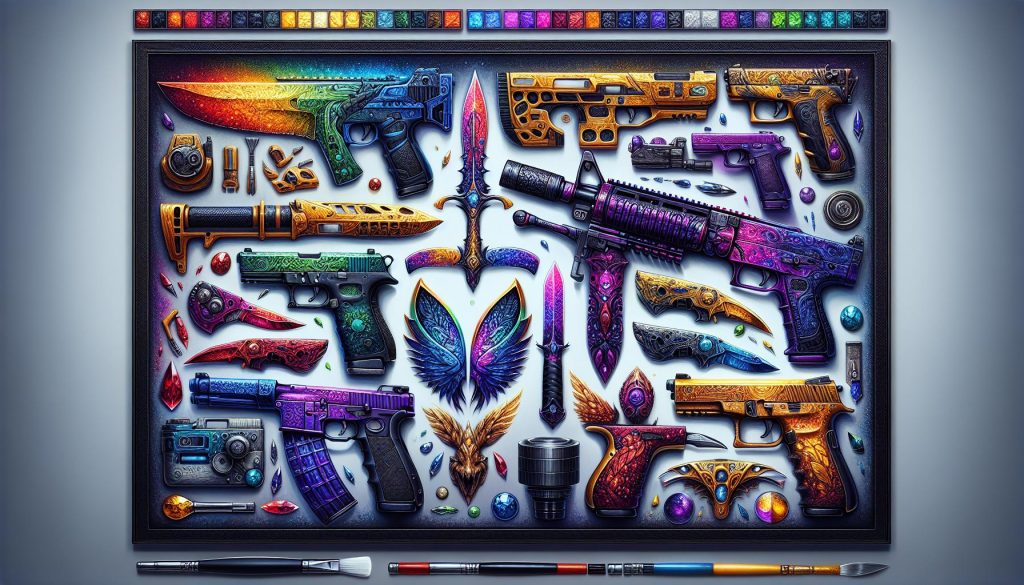
Weapon skins in CS2 add a visual flair to your arsenal, allowing for personalized customization. Skins don’t impact gameplay mechanics, but they enable players to showcase unique styles.
What Are Weapon Skins?
Weapon skins are cosmetic items that alter the appearance of your weapons without affecting their performance. They come in various designs, from simple color changes to elaborate patterns. Players can obtain skins through drops, cases, or the Steam Community Market.
Skin Rarity and Quality
CSGO weapon skins have different rarity levels, ranging from Consumer Grade to Covert. Higher rarity skins are more desirable and often more valuable. Quality indicates the skin’s visual condition, with levels including Factory New, Minimal Wear, Field-Tested, Well-Worn, and Battle-Scarred.
Skin Wear and Float Value
Skin wear affects the visual condition of a weapon skin and is quantified by its float value. The float value ranges from 0.00 (Factory New) to 1.00 (Battle-Scarred), determining the skin’s wear and appearance. A lower float value indicates better visual quality.
Acquiring and Trading Skins
Weapon skins in CS2 add a layer of visual customization without altering gameplay mechanics. Understanding how to get and trade these skins enhances your experience.
How to Get Skins
Weapon skins can be obtained through various methods:
Drops: Receive random skin drops by playing on official and community servers.
Cases: Earn or purchase weapon cases that contain skins; you’ll need a key to open them.
Steam Community Market: Buy skins directly from other players using Steam Wallet funds.
You can also claim our codes for free skins here!
Trading and Marketplaces
Trading and marketplaces offer avenues for obtaining specific skins:
Steam Community Market: Purchase skins confidently through a platform integrated with CS:GO, ensuring secure transactions.
Third-Party Sites: Some websites facilitate skin trades; exercise caution and use reputable services to avoid scams. You can find a full list of 3rd party sites here!
In-Game Trading: Trade directly with other players using the in-game trading option; verify the legitimacy of trades to ensure fairness.
Rarity: Skins classified as “Covert” or “Classified” are more valuable due to their scarcity.
Quality: The condition of the skin, or its wear level, affects its market value. Lower float values represent better condition.
Demand and Trends: Popular skins, often influenced by professional players, can see increased prices based on market demand.
Conclusion
Diving into CS2 offers a rich, multifaceted experience that goes beyond mere gameplay. By mastering the rules, understanding diverse maps, and customizing your arsenal with weapon skins, you can elevate your competitive edge. The game’s complex mechanics, from strategic map navigation to weapon mastery, provide endless opportunities for growth and skill development.
Engaging with the CSGO community through tournaments, streaming, and trading adds another layer of excitement. Always remember to approach gambling and betting with caution to ensure a safe and enjoyable experience. Embrace these elements, and you’ll find yourself not just playing a game but becoming part of a thriving, dynamic ecosystem.

